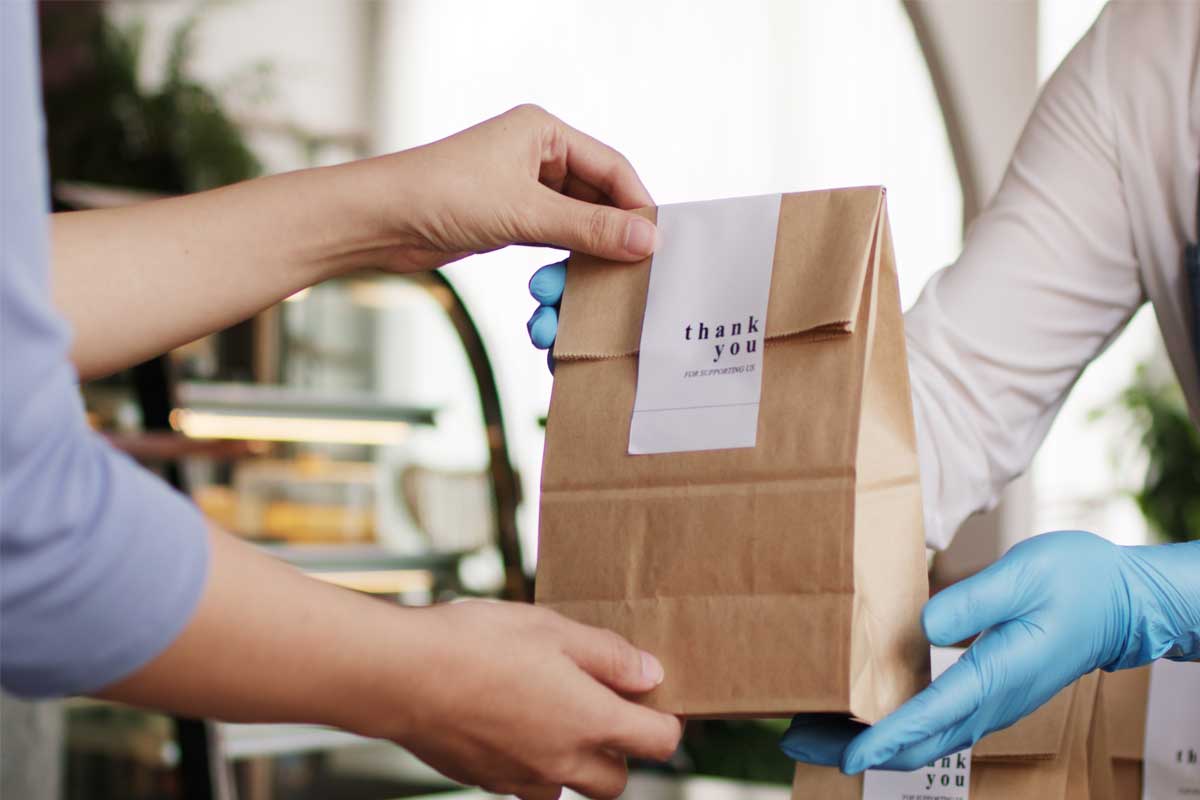Third-party delivery apps have reshaped the restaurant industry, promising greater convenience for customers and new revenue streams for restaurant operators.
However, behind the scenes, restaurant accounting teams face a growing set of challenges tied to incomplete POS data, extended windows for refunds and chargebacks, and financial data availability. These factors lead to cash flow inconsistencies and administrative headaches that erode margins if not properly managed.
Future Orders Complicate Restaurant Revenue Recognition
A challenge arises with pre-scheduled orders, where customers place and pay for an order on one day, but the restaurant fulfills it on a later date. This scenario, which was traditionally limited to large catering orders, has become more common. This is great for the consumer but poses new challenges for the operator and finance team.
When customers pay in advance, accountants can't recognize that payment as revenue until the order is fulfilled. Without proper tracking, these transactions can create financial discrepancies that misrepresent actual earnings.
Making matters more difficult, any tips payable to store employees on that order shows up on the payment date but should be attributed to the employees who work to produce the order. Operators also need to be proactive in watching for large future orders so they don’t negatively impact peak dine in wait times.
Incomplete POS Data: Why Managers Struggle to See the Full Picture
Another major issue is that third-party platforms don’t push all financial details back into the restaurant’s POS system. While order sales may appear in POS reports for the purpose of preparing the order, commissions, delayed error charges, refunds, and other adjustments often do not.
This means that restaurant managers relying on POS reports to assess performance are frequently working with incomplete numbers. Until financials are fully reconciled in an accounting system, managers may not have an accurate view of financial performance until the end-of-month, limiting their ability to make real-time financial decisions. Additionally, understanding the profitability of delivery orders becomes exceptionally challenging and delayed, which may lead to overpriced or underpriced delivery menu price points.
How Chargebacks & Refund Policies Hurt Restaurant Revenue
Most third-party delivery services allow customers 14 days or more to request refunds or dispute charges. While customer-friendly, these policies create financial uncertainty for restaurants. Adding another layer of complexity, restaurants can challenge disputed transactions, which can further extend the timeline for determining the final financial impact of an order.
Beyond cash flow issues, delayed payouts complicate reconciliation. Refunds, chargebacks, and platform fees often process long after the transaction date, making it harder to track actual earnings and analyze business profitability. Fraudulent refund claims are also on the rise, with restaurant operators reporting that nearly one-third of delivery app refunds are fraudulent, forcing them to absorb unfair losses and deductions from their payouts without additional monitoring.
Pulling together refunds, dispute outcomes, commissions, and sales data to accurately measure the impact of third-party delivery is a difficult data engineering task without automation.
Who Pays Sales Tax on Third-Party Delivery Orders? Avoid Costly Compliance Mistakes
Sales tax compliance with third-party delivery services can also be unclear. In some states, platforms like DoorDash, Uber Eats, and Grubhub are considered marketplace facilitators and are responsible for collecting and remitting sales tax on behalf of restaurants. However, laws vary by state; not all delivery apps follow the same practices.
This inconsistency can create major tax headaches for restaurants. In some states, restaurants are responsible for tracking and remitting sales tax themselves, even for third-party orders. If a restaurant assumes the platform is handling the tax when it isn’t, it could end up with a large, unexpected tax bill. Poor tracking and the impact of refunded tax only adds to the problem, increasing the risk of compliance issues and costly financial penalties.
5 Accounting Strategies to Manage Third-Party Delivery Challenges
To minimize financial disruptions from third-party delivery:
- Leverage up-to-date reports – Integrate reporting and accounting tools for seamless tracking.
- Plan cash flow wisely & have reserves available – Maintain a cash reserve to account for lagging refunds and delayed payouts.
- Monitor discrepancies – Regularly check third-party payouts vs. point of sale and internal records.
- Monitor refunds and reviews – Put an ongoing process in place to monitor refunds and reviews to mitigate reputational risk and reduce fraudulent charges.
- Track sales tax – Verify tax obligations to avoid surprises.
The Future of Restaurant Accounting
As delivery remains a core revenue stream for many restaurants, operators must rethink how they manage financial workflows to ensure sustainable growth. Leveraging the right technology, accounting practices, and cash flow management strategies will be key to mitigating risks and maximizing profitability.
At Forte, we help restaurants navigate these challenges with financial visibility, seamless reconciliation workflows, and automated reporting tools designed to keep your business on track. Connect and align your point of sale and third-party delivery reporting. Contact us today to learn how we can help.





SHARE